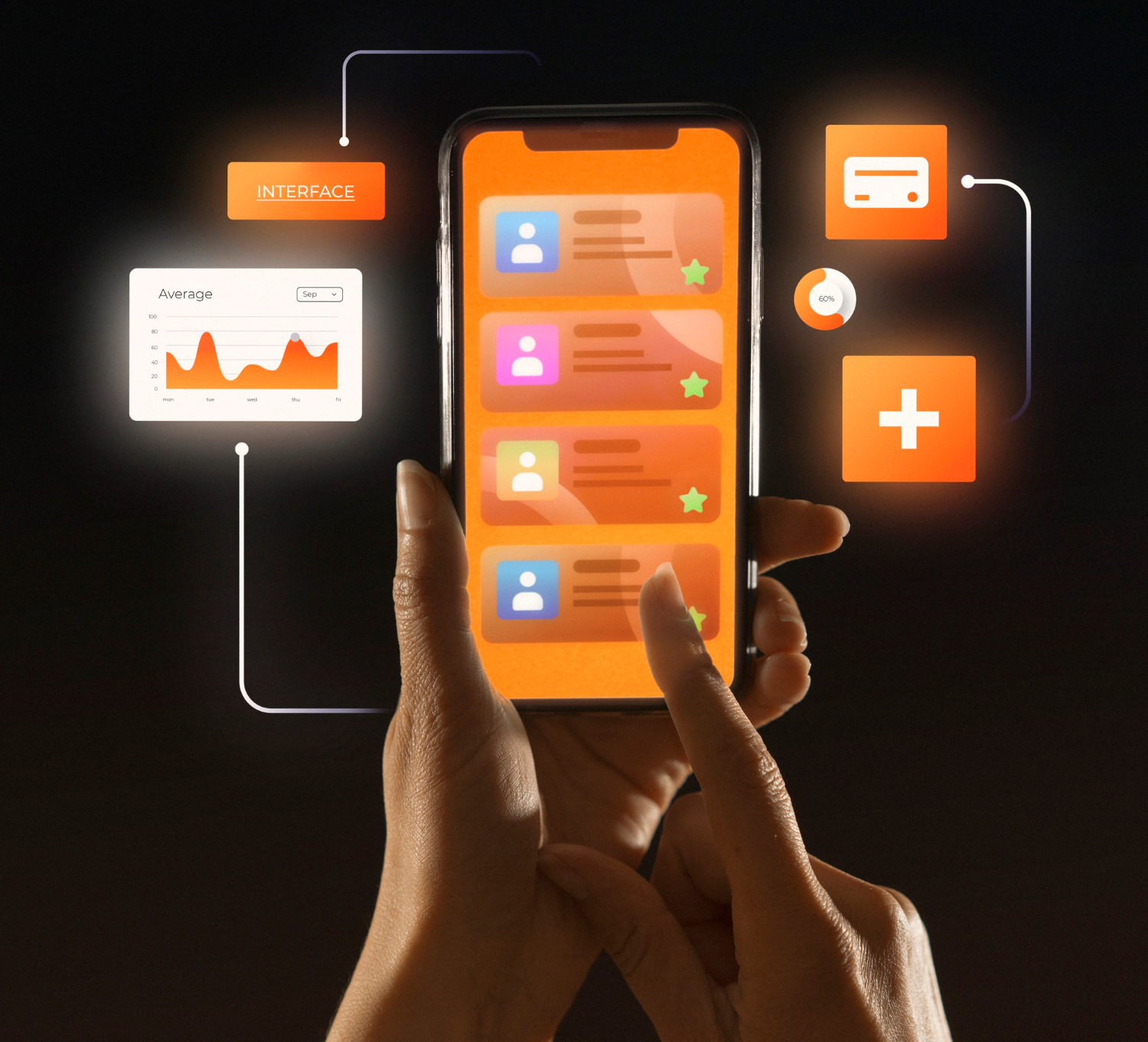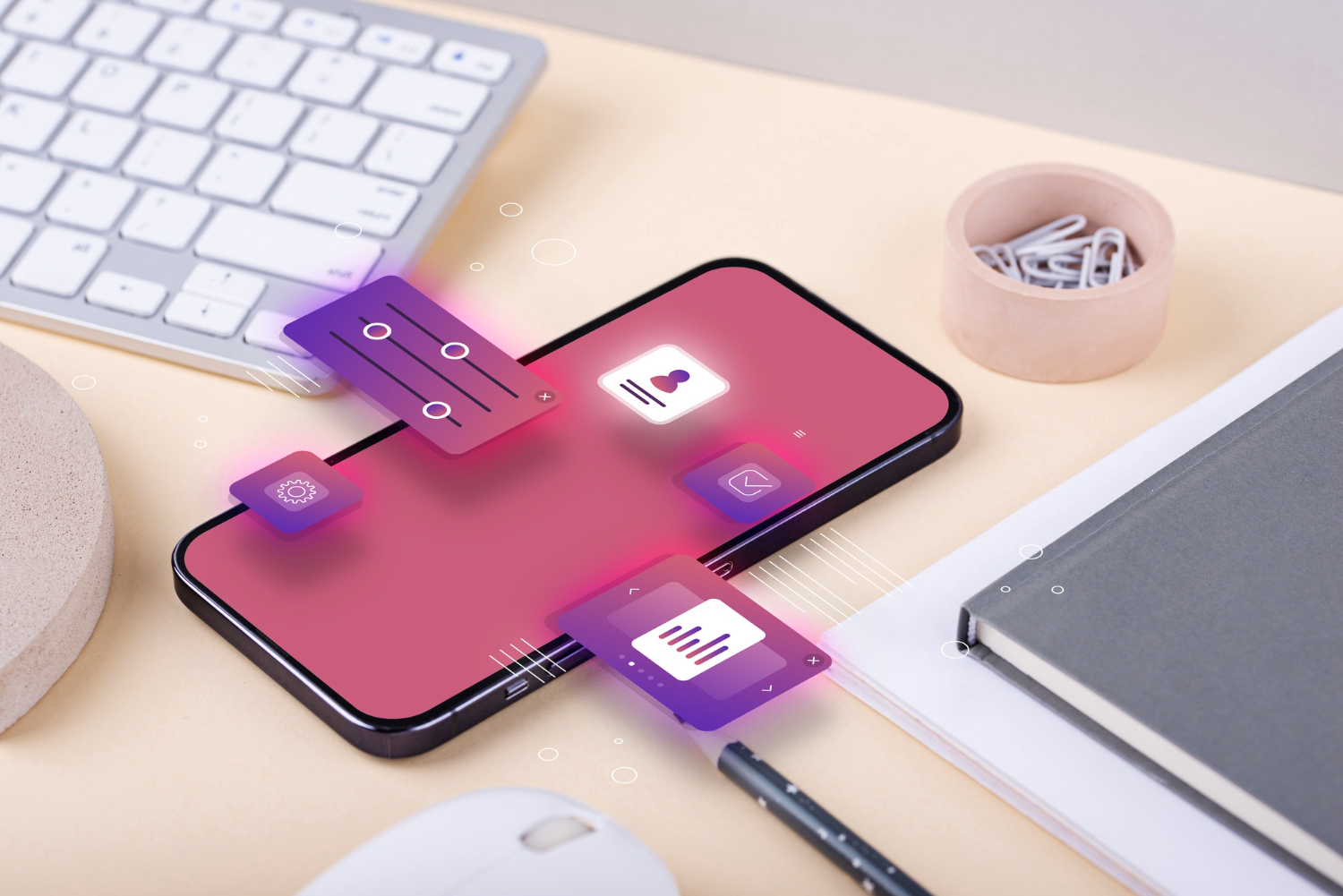Everything you need to know about personalization in UX Design
When it comes to improving the user experience, personalization plays a key role. Nowadays, users are looking for more opportunities when using products and services on the internet. And their expectations easily and quickly grow along with it. Thus, users expect products and services to be custom-made. In fact, many users have left, taking advantage of some products and services that cannot be personalized. For this reason, it is necessary to include personalization as one of the main parts when creating a software product UX design.
What is personalization in UX design?
This is a procedure that allows UX designers to customize the travel and user experience according to the choice and requirements of customers. By managing the individualization of a product or service in real time, this process is designed to meet the exceptional requirements of each visitor and instruct them with an individualized conversion funnel.
It predicts user needs. Every time you personalize your app or website, you can anticipate the needs of your users. Giving them something useful before they ask for it will generally improve the user experience.
This dynamic content is necessary for learning and adaptation, because a lot of online consumers are annoyed by websites when they don't find content that interests them. Dynamic personalization allows content for both learning and adaptation. However, if you personalize the UX design, you provide useful information depending on user behavior, attributes, characteristics, and data analysis. Dynamic personalization uses algorithms to create images of potential customers, their requirements and purchasing habits, depending on factors such as device, behavior, geolocation and demographic data. Machine learning, an essential part of dynamic personalization, depends on a combination of analytics, filters, and algorithms to predict basic user behavior in relation to your brand.
Types of applications focused on UX Personalization
There are three main types of applications that focus on UX personalization:
1. E-commerce applications
E-commerce applications such as Amazon, Chewy, pay great attention to UX personalization. They identify their consumers and their buying habits, offer them some products and help them find products that they don't even know they need.
2. Streaming applications
YouTube, Hulu, Amazon Prime and Netflix pay great attention to personalizing user interaction. Whenever you log into any of these apps, your entire user interface is created around you. Another great way to personalize that these apps present is to be able to pick up where you left off the last time.
3. Social media applications
When it comes to personalizing user interaction, the most popular social media apps are Facebook and Instagram. These apps predict their users' behavior so accurately that they no longer need to search for the content they want to see. They automatically deliver personalized content to their users.
Differentiation of personalization and customization in UX design, Both individualized and personalized UX design are aimed at the same thing - an individual approach to meeting the requirements of your customers. However, their ways of achieving this goal do not coincide. Customization - When users are provided with some functions in the interface from which they can choose according to their needs, this is called customization.
Personalization is when technology and data are controlled separately to adapt the user experience in real time.
What should be considered when creating the perfect personalization in UX design?
How accurately will you create an individual user interface that will ensure continued success? You need to consider the following points:
Know your target audience
For effective personalization, you need to identify your target audience. Make a clear idea of who you are serving, which will help to personalize effectively. You should create target audience groups based on attributes, interests, demographics, the actual state of the purchase procedure and previous purchase models. Depending on your target audience, as well as the research you have done, you can personalize your user experience. Knowing who you serve helps you do it better.
Personalize Content
After identifying your target users, collecting their data and understanding their interests and requirements, you can adapt their profile accordingly. You can mention them by name, suggest and show some content depending on their behavior and interests, etc. Make sure that the forms are automatically filled in with the data provided by the user.
Define your goals
Why do you want to use personalization? Make a list of requests about your goals from personalization.
Use push notifications.
Users find push notifications very annoying, but it's a great way to chat with them even if they're not using your app or website. You can use them to remind users of your brand name by informing them about new inclusions in your app or website.
Implement geolocation.
User location recognition is one of the most important factors of UX personalization. Geolocation targeting is a great way to provide your target users with more tailored content. Start with the user's last visited area. Some live streaming apps, such as Netflix, use this feature. If the user cannot watch the movie or program to the end and exits the application ahead of time, the application can start it from the same part when it was stopped earlier - when the user logs in again. In fact, some ecommerce apps also display what visitors viewed during a previous visit. In addition, these applications send notifications about products added earlier and left in the shopping cart by visitors. This makes it easier for users because they don't need to track their journey in your app or on the website.
How Artificial Intelligence and Machine Learning help to offer a personalized User Experience
Machine learning (ML), artificial intelligence (AI) and user interaction (UX) have a similar end goal: to understand human behavior and predict what your potential users might do next. Predictive analytics is at the heart of all these technologies. You can use it to evaluate the behavior, choices, and characteristics of users to provide them with an individual and unique experience. Ultimately, this will help you easily increase customer engagement at all points of interaction on the way to purchase. Organizations that benefit the most from the use of AI, i.e. respondents who say that 20% or more of enterprise-wide EBIT comes from their use of AI, report many strengths that distinguish them from other respondents. It was believed that by 2020, companies using big data, artificial intelligence, IoT and machine learning would discover new business ideas and take away $1.2 trillion a year from their less informed competitors.
In a nutshell, Personalization provides convenience for your users. They anticipate such opportunities when deciding where to invest their time and money. If companies don't personalize their UX design, they can lose a huge percentage of users. After all, this is now what users expect, not an additional luxury. Proper UX personalization is a tool that will make your app or website stronger. And this is where you need to contact a reliable UX design agency. In today's dynamic digital age, to achieve success, companies must develop strategies, structure and organize their methods for their consumers. And the only way to stay competitive and relevant is to personalize user interaction. Therefore, identifying the requirements and choices of your users can greatly help in improving the user experience.



